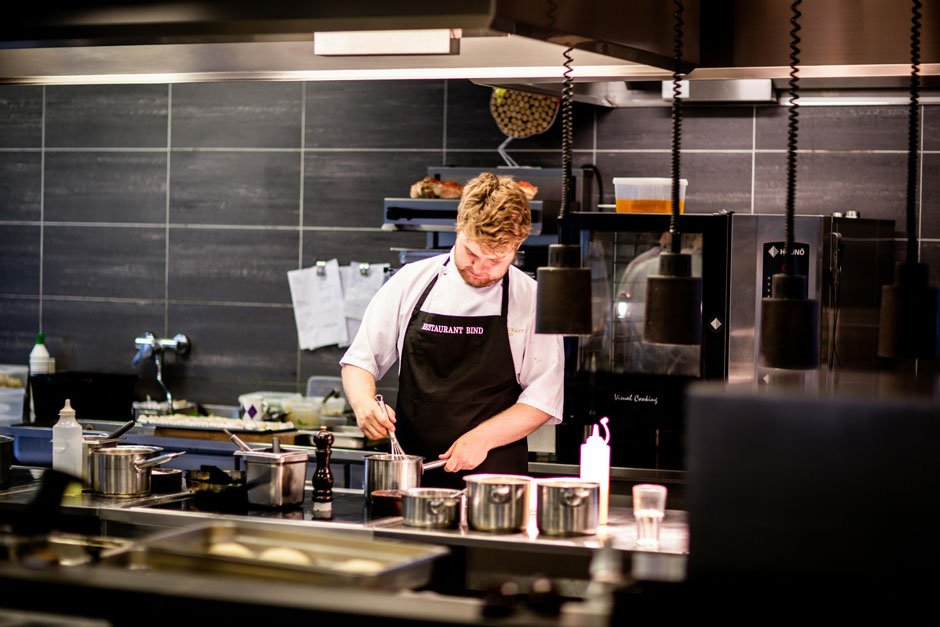6 Things You Need in Order to Run a Successful Kitchen

Successfully managing a kitchen is no easy task. Perfect execution of each item that emerges from the kitchen demands a trifecta of organization, talent, and attention to detail. A few key components must be present to manage a successful kitchen smoothly and effectively, regardless of whether you’re in charge of a small-scale catering business or a busy restaurant kitchen.
Efficient Workflow and Organization
A good kitchen operation is based on a well-organized and efficient workflow. Effective kitchen layout design is crucial for reducing bottlenecks and optimizing efficiency, including distinct stations and workflow patterns. Give your kitchen a thorough organization to maximize functionality and reduce unnecessary movement. Give each member of your kitchen staff clear duties and responsibilities so that everyone is aware of their roles and can collaborate effectively. Establish procedures for food preparation, cleaning, and inventory management to expedite processes and lower the possibility of mistakes or delays.
Skilled and Well-Trained Staff
The kitchen must have a competent and well-trained workforce if high standards of quality and consistency are to be maintained. Make an investment in employing bright people who have a love of food and the know-how to succeed in their positions. Give your employees thorough training and continued assistance to make sure they have the information and abilities necessary to carry out their jobs well. Encourage your team members to gain new skills and keep up with industry trends and best practices by fostering a culture of continuous learning and progress. In the kitchen, emphasize cooperation and communication as well. Establish clear avenues for staff members to collaborate and provide feedback.
High-Quality Ingredients
Excellent food starts with ingredients of the highest quality. Eating tasty and memorable meals requires employing the finest ingredients available, whether you’re cooking complex gourmet cuisine or basic comfort food. To guarantee the best taste and quality, choose foods that are seasonal, local, and fresh wherever feasible. Establish connections with dependable vendors and suppliers who share your dedication to dependability and quality. Before using each item in your dish, take the time to examine, evaluate, and determine its freshness and condition. Discard those that don’t live up to your expectations. To give your recipes more depth and complexity, try experimenting with different kinds of herbs, spices, and specialized ingredients.
Proper Equipment and Tools
Having the right tools and restaurant supplies is crucial to a successful kitchen operation. Make an investment in dependable, long-lasting, and precisely tailored kitchen equipment, utensils, and tools. Make sure your equipment receives routine maintenance and upkeep to avoid malfunctions and guarantee efficient functioning. To make food preparation and cooking easier, stock your kitchen with necessities like pots and pans, chef’s knives, cutting boards, and kitchen gadgets. To improve your culinary skills and originality, you can also invest in specialty tools for certain jobs, such as pasta makers, sous vide machines, and immersion blenders.
Strict Food Safety and Hygiene Practices
It is crucial to maintain stringent food safety and hygiene protocols in the kitchen to avert foodborne infections and guarantee the well-being of your patrons. Use thorough food safety standards and procedures, such as correct food handling, storage, and cooking techniques, to reduce the possibility of contamination and foodborne pathogens. To maintain a hygienic and secure workplace, teach your employees the correct handwashing techniques, how to wear gloves, and sanitation protocols. Maintaining compliance with health and safety laws and preventing cross-contamination may be achieved by routinely inspecting and cleaning kitchen surfaces, equipment, and utensils in order to keep food fresh and avoid spoiling, keeping an eye on the temperature and storage conditions.
Creative Menu Development and Innovation
Developing innovative and creative menus is crucial to keeping your kitchen lively and stimulating and your patrons coming back for more. Always be experimenting with tastes, ingredients, and cooking methods to spur your menu’s inventiveness and originality. To help with menu planning, stay up to date on consumer preferences, seasonal ingredients, and culinary trends. Try varying the taste profiles, textures, and presentation techniques to produce meals that are distinctive and memorable and will make your kitchen stand out. Also, ask your patrons for input so that you may change your menu and provide promotions based on their choices and recommendations.
Conclusion
A successful kitchen requires meticulous attention to detail, deft execution, and a dedication to perfection in all facets of operations. Recall that being successful in the kitchen requires constant learning, development, and commitment to quality. In the cutthroat field of culinary arts, success and recognition may be yours with the correct formula of enthusiasm, talent, and attention to detail.



